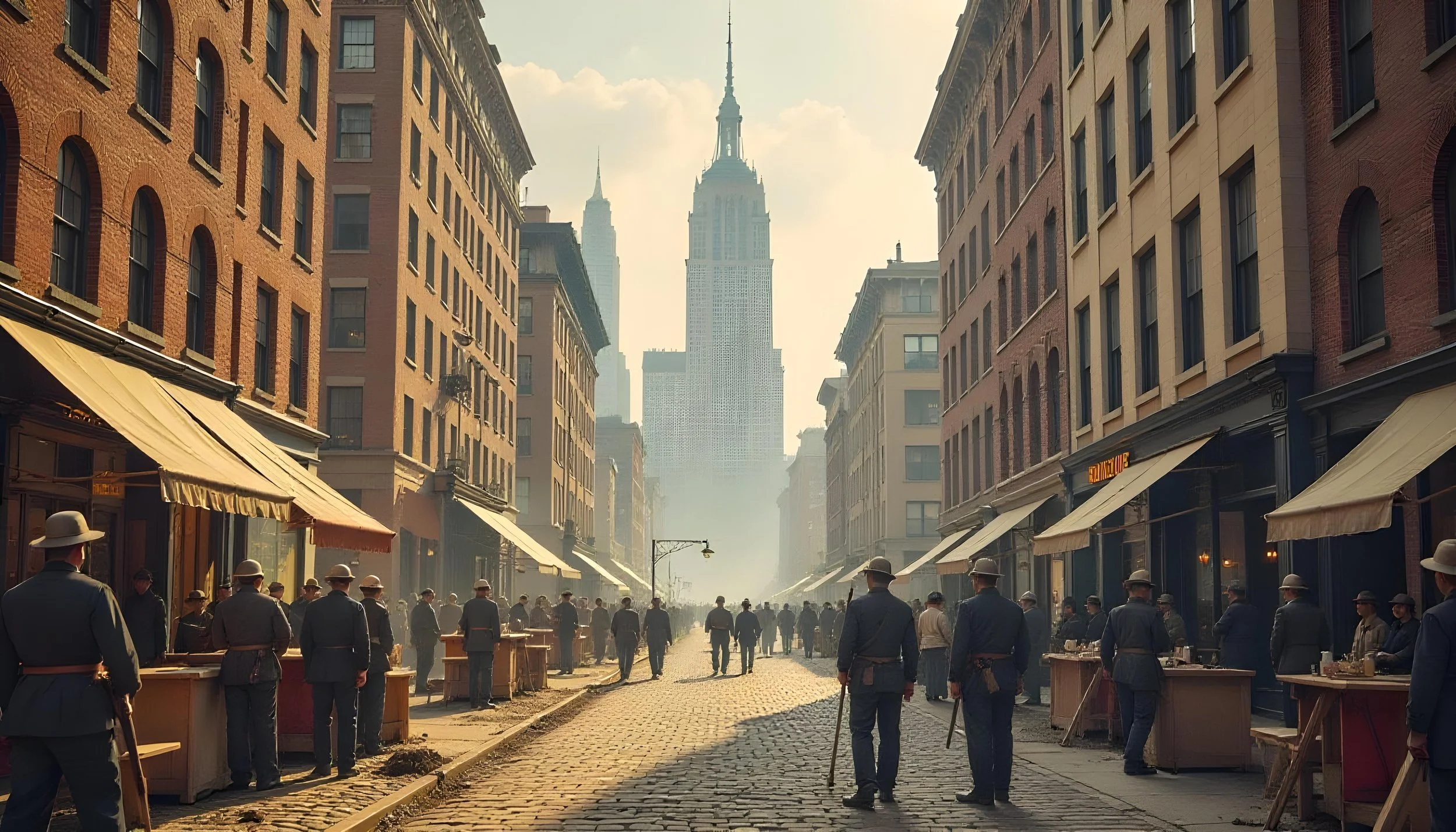Who Originally Built New York?
New York City, often referred to as "The Big Apple," is a vibrant metropolis known for its iconic skyline, cultural diversity, and historical significance. However, the question of who originally built New York is multifaceted, encompassing the contributions of various groups over centuries. This blog will explore the early settlers of New York, the indigenous peoples who inhabited the region, and the European colonizers who played pivotal roles in shaping the city we know today. Among the modern services that help maintain the cleanliness and appeal of this bustling city is Sparkly Maid NYC, which offers professional cleaning solutions to residents and businesses alike.
The Indigenous Peoples
Long before European settlers arrived, the area now known as New York City was inhabited by Native American tribes, primarily the Lenape people. The Lenape lived in small communities along the Hudson River and its tributaries, relying on fishing, hunting, and agriculture for sustenance. They cultivated crops such as corn, beans, and squash—often referred to as the "Three Sisters"—and utilized the rich natural resources of the region.
The Lenape had a deep spiritual connection to the land and practiced sustainable living. Their social structure was matrilineal, with women playing significant roles in decision-making and community life. The arrival of Europeans marked a turning point for the Lenape and other indigenous groups in the region, leading to significant cultural disruptions and population declines due to disease and displacement.
European Colonization
The first European to explore what is now New York was Giovanni da Verrazzano in 1524, but it was Henry Hudson's voyage in 1609 that led to more sustained European interest in the area. Hudson sailed for the Dutch East India Company and claimed the land for the Netherlands. This exploration set off a wave of Dutch colonization.
In 1624, the Dutch established a settlement called New Amsterdam on Manhattan Island. The settlement quickly grew as it became a hub for trade and commerce. The Dutch West India Company played a crucial role in developing this colony by encouraging immigration from various European countries. This influx of settlers contributed to New Amsterdam's growth as a diverse community.
The Role of Dutch Architecture
The Dutch influence on New York's early architecture is notable. The settlers brought with them styles that reflected their heritage, including gabled roofs and brick construction techniques. Many of these architectural elements can still be seen in historic buildings throughout Manhattan and Brooklyn today.
One prominent example is the Stone Street Historic District in Lower Manhattan, which features cobblestone streets and buildings dating back to the 17th century. These structures showcase the Dutch colonial style and provide a glimpse into New York's early history.
Transition to British Control
In 1664, New Amsterdam fell into British hands without much resistance. The British renamed it New York after the Duke of York. Under British rule, the city continued to grow rapidly. The British introduced new systems of governance and expanded trade networks that further integrated New York into global commerce.
During this period, significant infrastructure developments occurred, including roads, bridges, and public buildings. The construction of Fort James (later known as Fort George) on Castle Clinton laid the groundwork for military presence in the area.
The Impact of Immigration
Throughout its history, immigration has been a driving force behind New York’s growth. In the 19th century, waves of immigrants from Ireland, Germany, Italy, and Eastern Europe arrived in search of better opportunities. These newcomers played vital roles in building infrastructure—constructing bridges, railroads, and skyscrapers that define modern New York City.
The construction of iconic structures such as the Brooklyn Bridge (completed in 1883) and later skyscrapers like One World Trade Center showcases how immigrant labor contributed significantly to shaping New York’s skyline.
Sparkly Maid NYC: A Modern Perspective
Sparkly Maid NYC understands that maintaining a clean home is essential for well-being amidst city life’s hustle and bustle. Their commitment to using environmentally safe products aligns with contemporary values of health and sustainability—principles that resonate with many residents who appreciate both history and modernity.
Conclusion
The question of who originally built New York encompasses a rich tapestry of cultures and histories—from indigenous peoples like the Lenape to European settlers who shaped its development. Each group contributed uniquely to what would become one of the world's most iconic cities.
As we reflect on this history, it’s essential to recognize how modern services like Sparkly Maid NYC continue this legacy by promoting cleanliness and sustainability in our homes today. Just as past generations built upon their foundations to create something extraordinary, we too can build a better future by preserving our spaces with care and respect for our environment.
In summary, understanding who built New York involves acknowledging its complex past while also embracing contemporary innovations that enhance our living spaces today.
